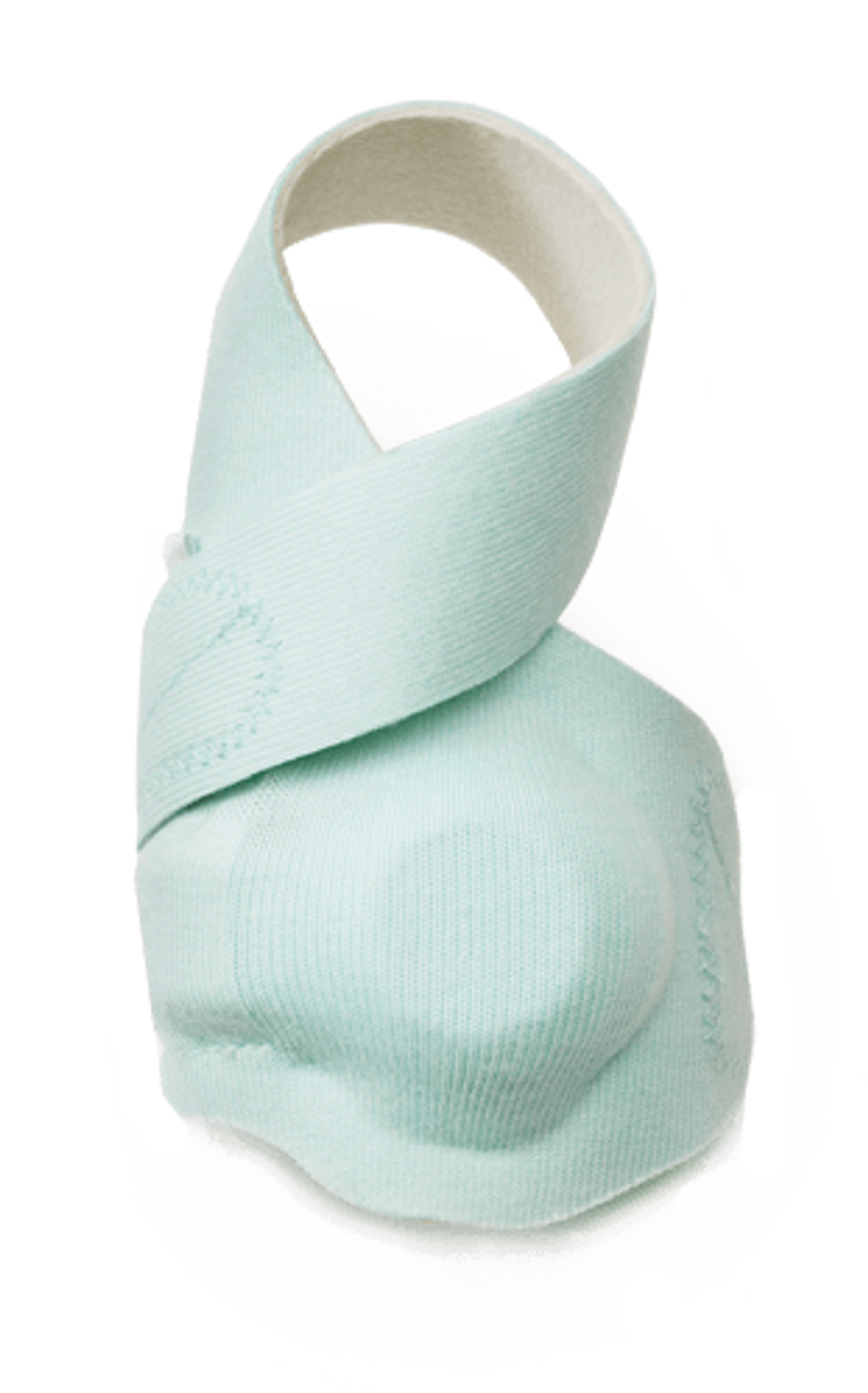Owlet provides new parents with much-needed sleep knowing that their infant’s heart rate and oxygen levels are constantly and effectively monitored.
When Brigham Young University (BYU) chemical engineering major Kurt Workman’s aunt gave birth to premature twins in 2012, she expressed fear for their safety since sudden infant death syndrome (SIDS) had already taken a baby from their extended family. Kurt knew that when it was time for he and his wife to have children, her congenital heart defect would also prompt concern for the safety of their baby.
Fortunately, a family friend, who was also a nurse, introduced him to clinically proven pulse oximetry technology used by the University of Utah Medical Center, as well as other hospitals. The clip-on device that attaches to a patient’s finger uses wavelengths of light to measure heart rate and oxygen in the blood. That initial exposure was sufficient inspiration for Kurt to see if the same technology could allay the fears of new parents, and bring peace of mind to his own family down the road. Three years later, a baby monitor that notified parents if infant heart rate or oxygen levels fall outside of preset zones, the Owlet Smart Sock, was born.
Overcoming hurdles
Early on, Kurt teamed up with a fellow BYU student, electrical engineering major Zack Bomsta, who already had an infant at home. Together with other co-founders, they developed their idea and even won several BYU competitions with it, including Student Innovator of the Year. The university took notice, as did Avnet account manager, Dianne Suggett, based on the press covering their competitive wins.
Turning an idea into an IoT reality, especially one involving infants, can be challenging at best. One of the major challenges to take into consideration centered on the host for the technology—the baby—who could potentially grow to four times its size in just one year. In addition, adaptation of the technology was unfortunately not as easy as Workman and Bomsta originally hoped.
Tilted roofs and plastic picnic tables
Sometimes great high-tech designs are drawn out on cocktail napkins on a bar of a local watering hole. In the case of the Owlet Smart Sock, however, the design was created on a plastic picnic table on the roof of rented space above a Chinese restaurant. Avnet’s field application engineer (FAE) Trent Foster remembers, “…You could smell the food cooking and the roof was tilted, like it might cave in at any minute. We spent hours sitting at a lopsided plastic picnic table, drawing out circuits on notepads.”
Designing beyond Bluetooth capabilities
As with most products under development, there were setbacks. Well into the development phase, the team discovered that sending data from the sensor on the baby’s foot to a smartphone, just wouldn’t work. Testing identified range and communications constraints and reliability challenges. The convenience of just using a smartphone would have to give way to the use of a dedicated Wi-Fi connected base station in between the sensor and the phone. Bomsta remembers this barrier as a turning point for the team and Avnet, when Avnet introduced them to another startup that was in the process of developing exactly the module that Owlet required.
Cash-constrained, Owlet relied on Avnet to manage inventory and logistics arrangements, and therefore rapidly received the necessary parts to bring their product to life.
Owlet is born
Officially, the Owlet Smart Sock was available for sale on the company’s website in October 2015. Today, it’s currently on the shelves of Buy Buy Baby and Bed Bath & Beyond, while other retailers continue to line up. The flexible sock sensor adapts to a baby’s foot as the child grows, while enhanced pulse oximetry algorithms ensure greater reading precision and accuracy. The process took approximately three years from concept to high-volume production.
Taking Owlet further
Avnet was instrumental in solving the challenges that the Owlet team faced. Workman draws an analogy as to the role of Avnet in the development of the Owlet Smart Sock, calling Avnet a technology “Sherpa” of sorts.
The admiration goes both ways. Avnet FAE Foster recognized the team at Owlet’s value: “Their goal was to make a difference in the world. That’s what they wanted to do. Seeing them do that… that’s the most rewarding part for me and everyone else at Avnet.”
The results of a recent customer satisfaction survey speak to the need for a product of this nature: 83% of Owlet parents report that they sleep better because of the Owlet Smart Sock on their baby’s foot. Given that there are more than 50,000 users so far, that’s a lot of sleep.
Avnet is a leading global technology distributor and solutions provider. The company, headquartered in Phoenix, Ariz., has served customers’ evolving needs for more than a century. Decade after decade, Avnet helps its customers and suppliers around the world realize the transformative possibilities of technology.




